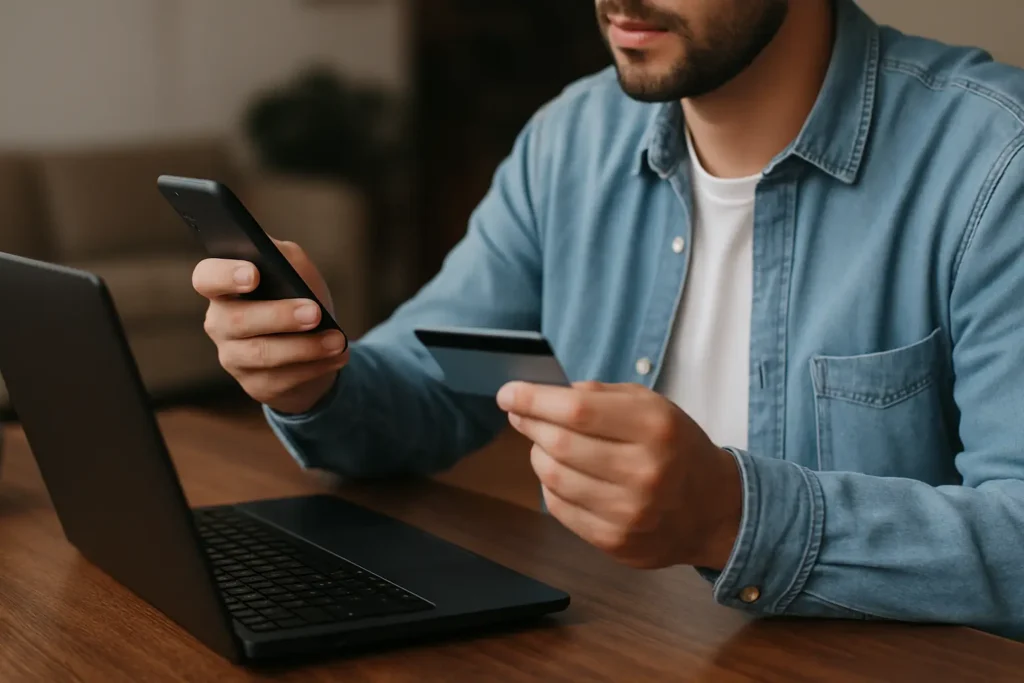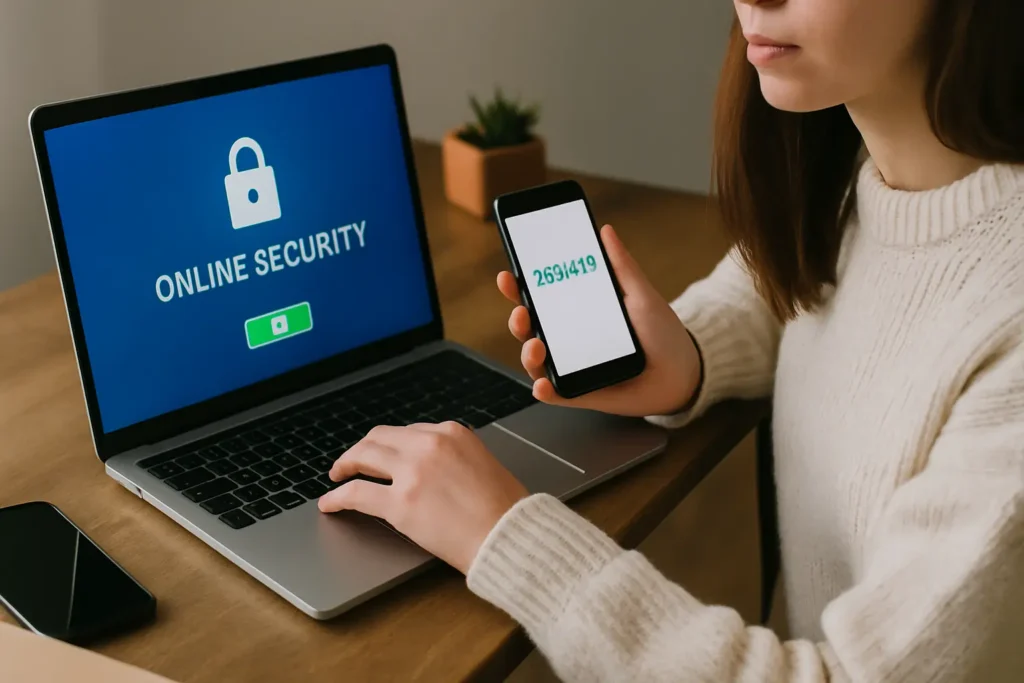Hackers are getting smarter, and identity theft is more common than ever. From stolen credit card numbers to fake social media profiles, digital crimes can damage your finances, ruin your reputation, and compromise your privacy.
Whether you’re working remotely, shopping online, or just scrolling through social media, here’s how to protect yourself from hackers and identity theft in Twenty-Twenty Five.
1. Use Strong, Unique Passwords
One of the easiest ways hackers access accounts is by guessing reused or weak passwords — often leaked from other websites.
✅ Tips:
- Never reuse passwords across different accounts
- Use a password manager to generate and store secure passwords
- Avoid personal info like your birthday, name, or pet’s name
2. Enable Two-Factor Authentication (2FA)
2FA makes it much harder for hackers to log in, even if they have your password.
✅ Best Practice:
- Use authentication apps like Google Authenticator or Authy
- Avoid SMS-based codes, which can be intercepted via SIM swap attacks
3. Monitor Your Digital Footprint
Hackers often gather information from social media, forums, or public records to scam or impersonate people.
✅ What to Do:
- Limit what you share publicly
- Avoid posting your full birthdate, address, or family details
- Use privacy settings on all your social platforms
4. Watch Out for Phishing Scams
Scammers use fake emails, texts, or DMs pretending to be your bank, a delivery service, or even a friend.
✅ How to Stay Safe:
- Never click on suspicious links
- Don’t download files from unknown senders
- Always double-check the sender’s email and URL
5. Secure Your Devices
Your phone, tablet, and computer can all be entry points for cyberattacks.
✅ Tips:
- Use antivirus and anti-malware software
- Keep your system and apps up to date
- Set up device locks (PIN, fingerprint, or face ID)
6. Be Cautious on Public Wi-Fi
Free Wi-Fi at airports, cafes, or hotels isn’t always safe — hackers can intercept your data.
✅ Protection Tip:
- Avoid logging into sensitive accounts on public Wi-Fi
- Use a VPN to encrypt your connection
- Turn off auto-connect for unfamiliar networks
7. Check Your Accounts and Credit Regularly
Identity theft often goes undetected until it’s too late.
✅ What to Watch:
- Strange or unauthorized transactions
- Credit inquiries or accounts you didn’t open
- Login attempts from unfamiliar locations
8. Shred Old Documents and Clean Out Emails
Even offline data can be used for identity theft.
✅ Tip:
- Shred paper documents with personal info (bills, bank statements)
- Delete old emails that contain sensitive or financial data
Final Thoughts
Hackers don’t need to be near you to steal from you — just one weak spot is enough. By staying alert and practicing basic digital hygiene, you can block most threats before they even start.
Your identity is priceless. Protect it like your most valuable asset.



